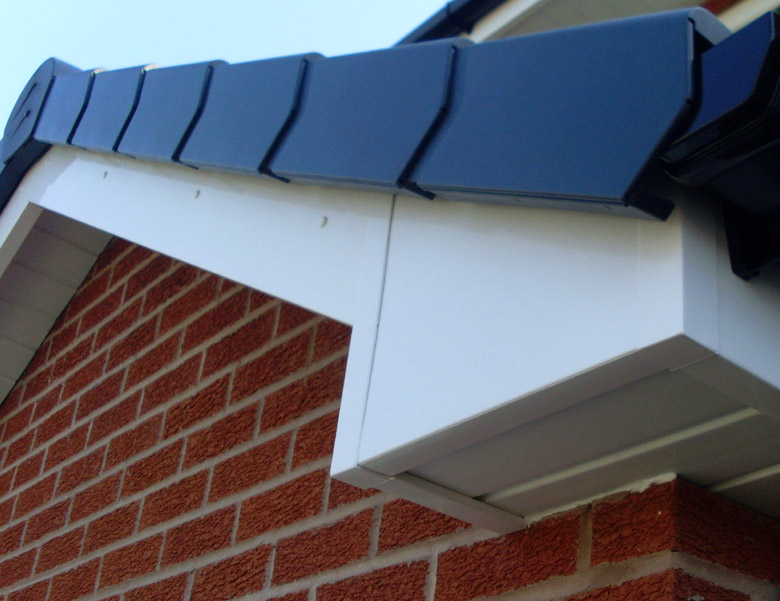Roof inspections are important for figuring out potential points and making certain the longevity of your roof. Regular inspections can help detect issues early, stopping pricey repairs or replacements down the road. Here are some common strategies and steps for conducting a roof inspection:

Visual Inspection:
a. Exterior Inspection:
Start by analyzing the roof from the bottom utilizing binoculars or by safely climbing onto a ladder to get a better look.
Look for visible signs of injury, similar to missing or broken shingles, curling or buckling shingles, or unfastened or deteriorated flashing around roof penetrations.
Check for particles, moss, algae, or lichen progress on the roof, which may indicate moisture-related points.
Inspect the gutters and downspouts for granules from shingles, as excessive granule loss can signal shingle wear.
b. Interior Inspection:
Go into the attic or crawl house and inspect the underside of the roof deck for indicators of leaks, moisture, or water stains.
Look for daylight coming through cracks or holes within the roof deck, which can point out roof injury.
Check for signs of insulation injury, mold, or mildew development, which may outcome from roof leaks.
Roof Walk:
a. If it's protected to take action, stroll on the roof surface to inspect it up close.
b. Be cautious and wear appropriate security gear, such as non-slip shoes and a security harness if needed.
c. Look for any gentle or spongy areas, which could point out underlying harm.
d. Check for loose or damaged roofing supplies, as well as signs of wear and tear.
Moisture Detection:
a. Use a moisture meter to detect hidden moisture inside the roof structure and insulation.
b. Moisture detection may help determine leaks or areas of potential water intrusion that is most likely not visible.
Drone Inspection:
a. https://roofrestorationcamden.com.au/fascia-cover-and-replacement/">https://roofrestorationcamden.com.au/fascia-cover-and-replacement/" target="_blank">https://roofrestorationcamden.com.au/fascia-cover-and-replacement/ geared up with cameras can provide a comprehensive view of the roof surface with out the need for direct bodily entry.
b. A drone inspection may be especially helpful for larger or hard-to-reach roofs.
Professional Inspection:
a. Consider hiring an expert roofing contractor or inspector to conduct a thorough inspection.
b. Professionals have the experience, tools, and expertise to determine issues that will not be apparent to a house owner.
Documentation:
a. Document your findings with pictures and notes to create a report of the roof's condition.
b. This documentation can be helpful for monitoring modifications over time and for insurance coverage claims or repairs.
It's essential to perform roof inspections often, ideally at least once a year, and after severe weather events like storms. Additionally, should you're not comfy or assured in your ability to carry out a roof inspection safely, it's advisable to rent a professional roofing skilled to ensure an intensive and correct assessment of your roof's situation..
